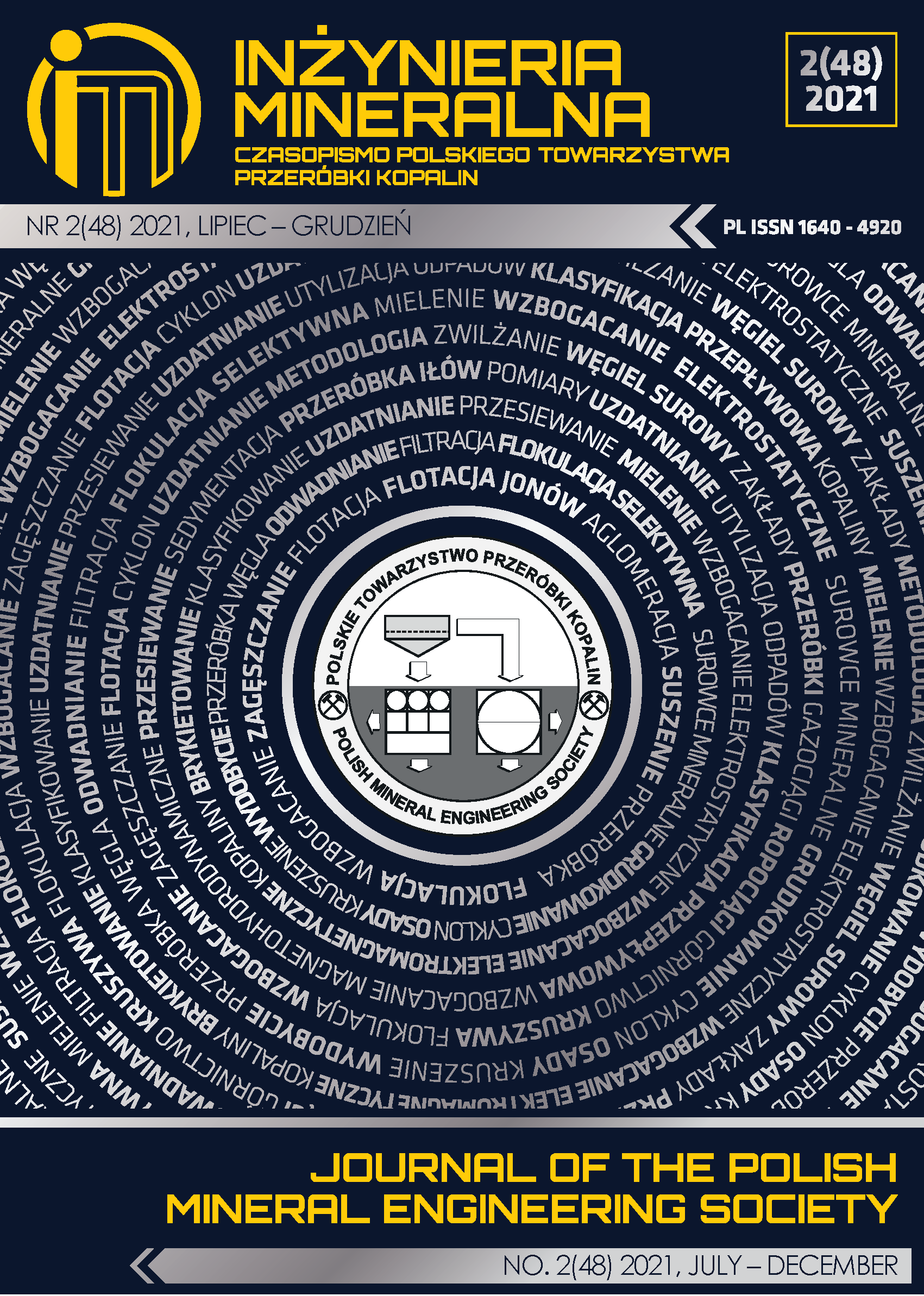Applying Electrical Impedance Tomography Techniques for Detection of Decay Inside Trees
Abstract
Trees play a critical role in creating green spaces in public areas such as streets, parks, schools,
offices. Over time, the trees often get pests and diseases, and then rotten trees can break. To care for and
conserve the trees, it is necessary to determine the condition inside the trunk, especially the possibility of
having a hollow or not. Wood decay, modifications of moisture and ion content, density due to biotic and
abiotic stress agents of water extremity, salinity, and infection strongly change (di-) electrical properties
of wood. Hence, we propose to use electrical impedance tomography to detect the change in electrical
properties inside the trees that can link to wood decay. In electrical impedance tomography, an array of
electrodes is attached around the tree trunk, and small alternating currents are injected via these electrodes,
so the resulting voltages are measured. Processing the data, we can construct the spatial distribution of
impedance (or resistivity) of the object. In this work, we will present the preliminary results of our group
research. We will show theoretical forward modeling results, followed by laboratory experiments and real
data application. The results illustrate that electrical impedance tomography can be useful to define several
decay scenarios inside the trees.
Copyright (c) 2021 Duy Thong KIEU,Hong Duong VU,Thi Thu Hang NGUYEN, Thu Thuy NGUYEN

This work is licensed under a Creative Commons Attribution-ShareAlike 4.0 International License.
This journal permits and encourages authors to post items submitted to the journal on personal websites or institutional repositories both prior to and after publication, while providing bibliographic details that credit, if applicable, its publication in this journal.







.png)
